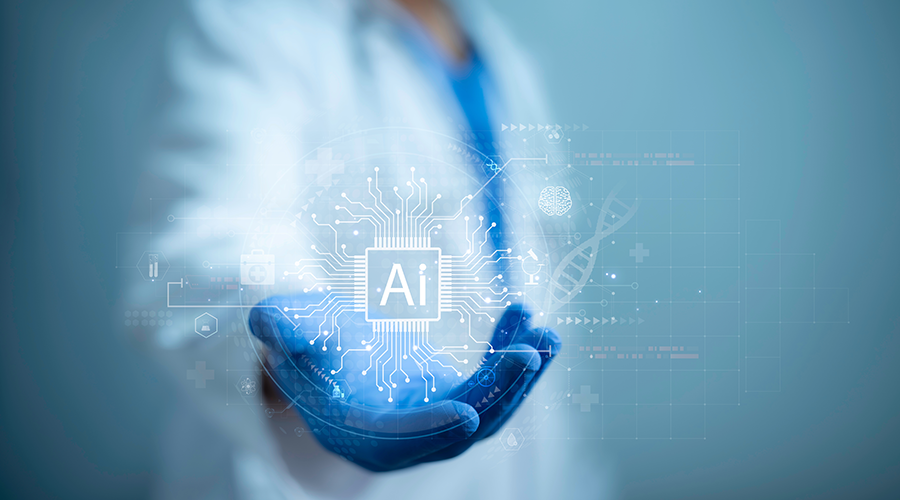Self-cleaning touch points can support infection control efforts, according to an article on the European Cleaning Journal website.
Powered by light, the self-cleaning surface use mineral nanocrystals to create an oxidation reaction.
The surfaces also have the ability to work 24/7 since the oxidation reaction is powered by any visible light, including incandescent, fluorescent and LED light.
The nanocrystals generate a strong static effect at a microscopic scale to trap organic contaminants even in the absence of light.

 Healthcare Is the New Retail
Healthcare Is the New Retail Bridgeway Behavioral Health Services Launches Campaign to Renovate Health Center
Bridgeway Behavioral Health Services Launches Campaign to Renovate Health Center Ground Broken for New North Dakota State Hospital
Ground Broken for New North Dakota State Hospital AI Usage for Healthcare Facilities
AI Usage for Healthcare Facilities Ground Broken on Pelican Valley Senior Living Modernization Project
Ground Broken on Pelican Valley Senior Living Modernization Project